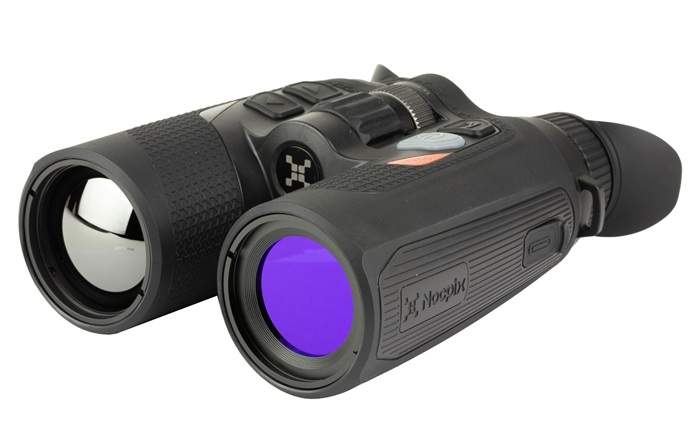
NVDs are a game-changer when you need to see in the dark. Originally developed for the military, these tools are now widely available to outdoor enthusiasts and those interested in home security. However, the diverse range of these products has made it difficult to choose the best one for your purposes. This includes differing generations, image qualities and characteristics.
Understanding these characteristics and how they work is critical before making any purchase of a night vision device. Additionally, how you intend to use the night vision device, what your price range is, and what conditions you will be using it in all help determine the right choice. With this in mind, buyers will be able to zero in on a device that will cut through the darkness and meet their specific requirements.
Understand the Types of Night Vision Devices
NVDs are made for specific tasks and the type you choose will be determined by how much space you have to move around, how much of a view you need, and if you’ll be using the device for scanning or precision work. Goggles are essentially hands-free and great for moving around, while monoculars are compact and very versatile.
Often mounted on helmets, scopes are made specifically for firearms and have the option for magnification and accuracy, which makes them perfect for hunting or self-defense. Before using any of this equipment in the field, understanding proper hunting protocols is essential, which is why many states require a certified safety program. For example, the Georgia hunter safety course is a mandatory resource that ensures beginners and experienced hunters alike stay responsible, knowledgeable, and safe.
Learn the Difference Between Generations
NVDs are classified by generation, which indicates the technology and performance level of their image intensifier tubes. Coming from the top of the line down, Gen 3 is basically the pro-grade equipment used by law enforcement and the military, and will cut through even the darkest of nights.
Gen 2 gives you better resolution and stronger light amplification, great for hunters and security guards. Gen 1 is the most affordable and suitable for casual use, offering decent visibility up to around 75–100 yards.
Digital night vision uses advanced sensors and displays instead of traditional intensifier tubes. It performs well in varying light conditions and often includes recording and infrared (IR) capabilities. For hunting or defense, Gen 2 and Gen 3 usually give you the best balance between cost and function.
Consider Range, Resolution, and Field of View
The performance of any night vision device is generally decided by three things: how far you can see, the sharpness of the image, and the field of view. The ranges at which objects can be detected are something to consider, with hunting applications requiring longer ranges of over 200 yards, and home defense needing a much shorter range.
Resolution refers to the sharpness of the image, measured in line pairs per millimeter, allowing for better target identification. Finally, field of view is another aspect to consider, i.e. how much area you can see all at once.
Making the Right Investment in Night Vision Equipment
Understanding the difference between high specifications and real-world functionality is key when choosing an NVD. Coming equipped with adjustable magnification, tough outer shells and battery lives that last a long time, these devices are guaranteed to get the job done.
Be that to add accuracy to a nighttime hunt or strengthen a home’s defense, a device that’s tough, gives clear views and is easy to operate ticks all the essential boxes. A reliable and safe investment, users can rest assured that their device will be doing its job long after the sun sets.




